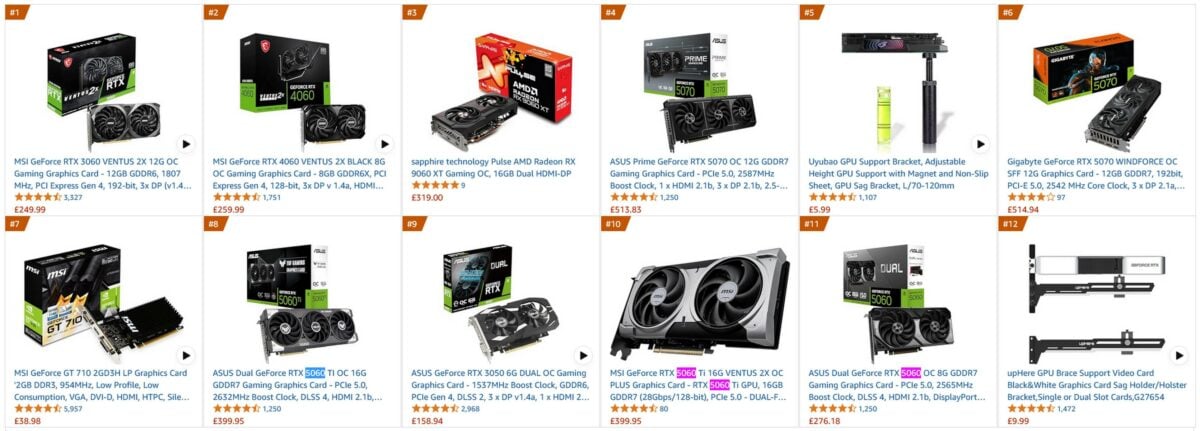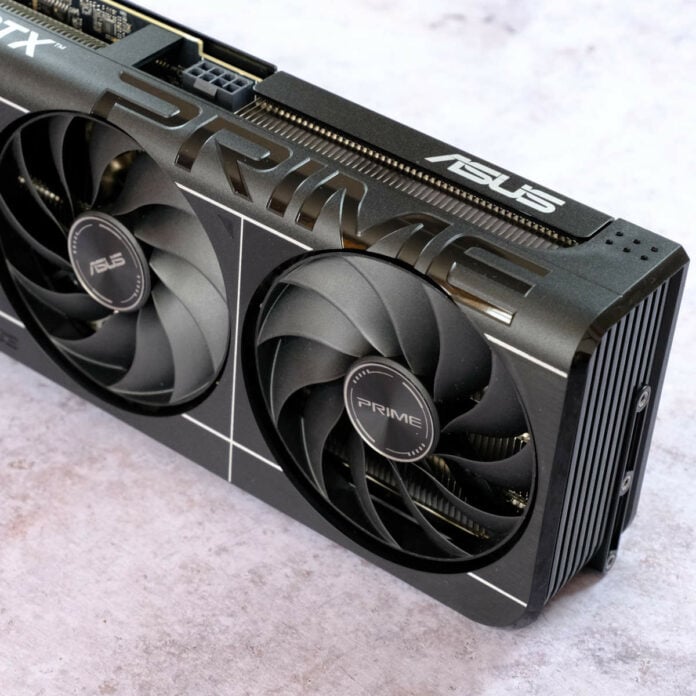Recent sales figures from German retailer Mindfactory reveal a striking consumer preference for Nvidia GeForce RTX 5060 Ti 16GB over its 8GB sibling. This trend seems apparent elsewhere, also bridging with AMD Radeon RX 9060 XT too, where buyers are opting for the higher VRAM GPU variants when possible.
According to Mindfactory’s data, customers have purchased 1,675 units of RTX 5060 Ti 16GB compared to a measly 105 units of RTX 5060 Ti 8GB. That translates to sales 16 times greater than the 8GB model. Note that these sales include all partner models available to purchase, from brands such as Asus, MSI, and Zotac, indicating that availability isn’t the reason for this discrepancy. Both memory configurations are well stocked, with multiple custom cards to choose from.
This 16:1 ratio in favour of RTX 5060 Ti 16GB hints that consumers are aware of the alternative’s limitations, pushing them towards the more-expensive but better-equipped card. As we and others have previously highlighted, 8GB of VRAM often doesn’t cut the mustard in today’s games. That’s to say nothing of how much better performance is on 16GB models using the same settings and resolutions owing to greater buffer capacity.

Note this purchasing trend isn’t unique to Nvidia’s offering, as Radeon RX 9060 XT 16GB and 8GB mirror their GeForce rivals. At Mindfactory, 16GB cards outsell their 8GB siblings 30 to 1, with the the former selling 900 units to the latter’s 30. Looking elsewhere, we found both RTX 5060 Ti 16GB and RX 9060 XT 16GB make up more entries on Amazon US and UK’s best-selling graphics cards.
Tempting as the 8GB models are in terms of price, it appears the difference isn’t substantial enough to sway customers away from the 16GB variants. Here’s hoping that both AMD and Nvidia take note of these trends and this marks the last generation of graphics cards to sport such a small buffer size.


